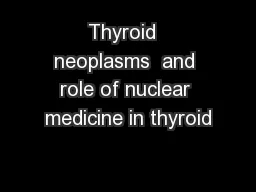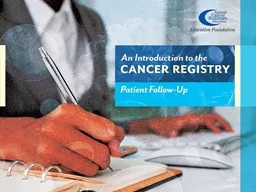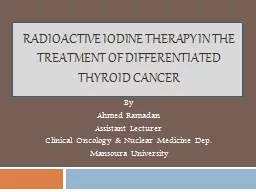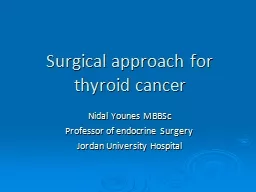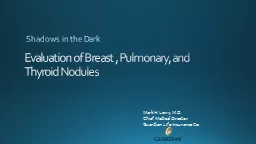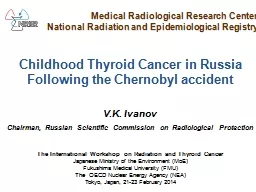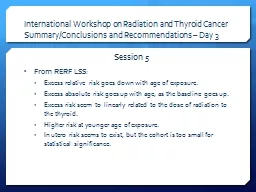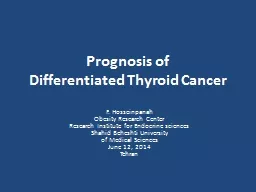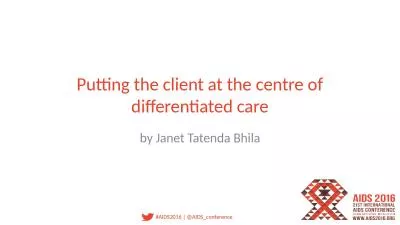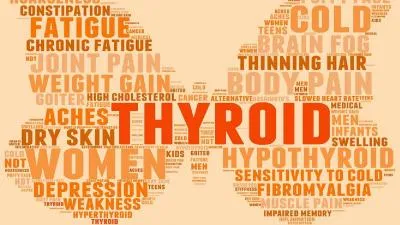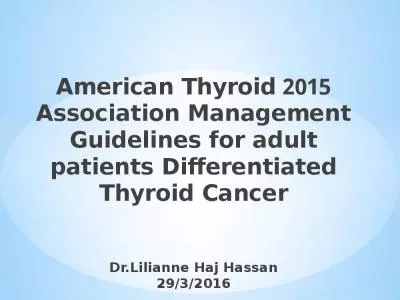PPT-11/23/2016 1 Approach to Follow-up of the Patient With Differentiated Thyroid Cancer
Author : nersonvisa | Published Date : 2020-06-17
Anti Thyroglobulin Antibodies F Hadaegh MD Endocrinologist 11232016 2 Agenda Case presentation Thyroglobulin Antigen Frequency and Measurement of Anti Tg
Presentation Embed Code
Download Presentation
Download Presentation The PPT/PDF document "11/23/2016 1 Approach to Follow-up of t..." is the property of its rightful owner. Permission is granted to download and print the materials on this website for personal, non-commercial use only, and to display it on your personal computer provided you do not modify the materials and that you retain all copyright notices contained in the materials. By downloading content from our website, you accept the terms of this agreement.
11/23/2016 1 Approach to Follow-up of the Patient With Differentiated Thyroid Cancer: Transcript
Download Rules Of Document
"11/23/2016 1 Approach to Follow-up of the Patient With Differentiated Thyroid Cancer"The content belongs to its owner. You may download and print it for personal use, without modification, and keep all copyright notices. By downloading, you agree to these terms.
Related Documents


